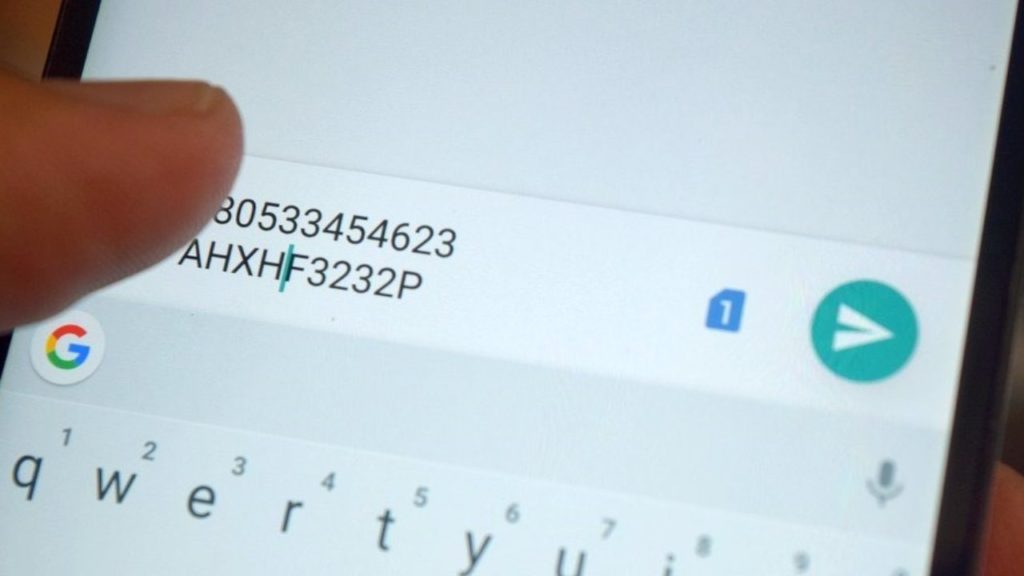TRAI Says No To 50p Per SMS Charge Beyond 100 SMS Limit; Airtel, Vodafone, Jio Expecting Double Revenues!

Taking into consideration the rising risk of the Coronavirus disease, the TRAI has announced that there will be no limit on the number of SMSes that we can send to one another. As we all know there was a limit of sending 100 SMSes only per day, which has now been revoked.
Find out all about this new directive by TRAI right here!
TRAI Removes Restriction On SMS Limit; SMSes To Be Free After 100 Too
The Telecom Regulatory Authority of India (TRAI had previously restricted the number of SMSes that could be sent by customers to 100 only.
If the limit was crossed, a clause by the TRAI directed that a charge of 50 paisa per SMS was to be cut from the user’s total balance. This was called the Schedule XIII of the Telecommunications Tariff Order and was launched in 2012 to regulate the commercial bulk texts.
However, TRAI has discarded the directive, saying that the organization is stepping towards doing away with the tariff regulation and will strengthen the tariff regime forbearance.
TRAI said, “It was felt that tariff regulation which has the potential of adversely affecting the interests of genuine non-commercial bulk users of SMS is no longer required and therefore can be removed.”
Jio, Airtel, Vodafone Idea Cannot Charge For Crossing The 100 SMS Limit
Also, telecom operators will now be responsible for deciding the charges of such bulk messages that are sent.
In short, Jio, Airtel, Vodafone Idea will no longer be able to charge you money for that one message you sent after the 100 SMSes limit.
On the other hand, these companies have entered into a “tariff discipline phase”, where they will be able to generate higher ARPU (average revenue per user). This will definitely result in the doubling of their revenues by the FY25.
A report by Jeffries revealed, “A comparative analysis of over 25 markets indicates that mobile revenues/ARPUs in India could double over FY20-25 to USD 38 billion.”
As of now, India’s mobile revenues-to-GDP ratio is at 0.7%, which is the lowest as compared to the countries who are on a similar scale.

Comments are closed, but trackbacks and pingbacks are open.